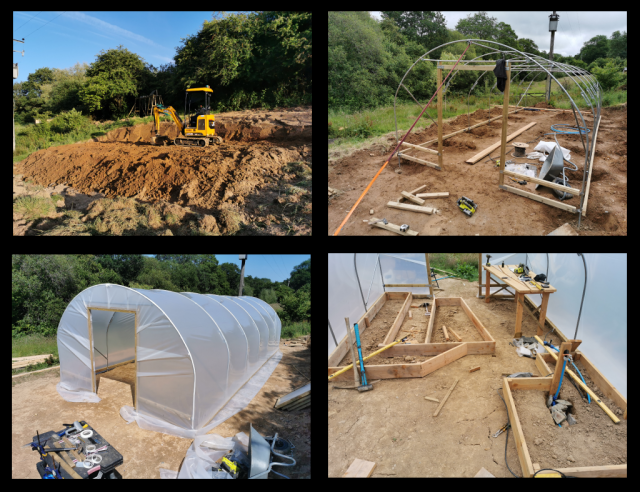
How to stay connected in a Hybrid working world?
One of the big, although possibly not yet seen, challenges of the next 6 months is going to be the move from mainly remote working to hybrid working. I think it is a great move in terms of work life balance and flexibility. A recent survey from Microsoft showed that staff want flexibility and remote working to stay (74%) alongside getting back to the office to work with their colleagues (67%) (the report put together by Microsoft has some interesting advice for leaders dealing with these questions if you want a read).
All of this makes me wonder how businesses and staff tackle the challenges of a split workforce. How will buildings be setup to support this? How do you make someone feel included when they aren’t in the room? Does being productive whilst remote working mask burnout? Does the lack of impromptu office meetings make businesses more siloed than ever?
Many of these questions are being debated and discussed by senior managers as we speak whilst they try to find a balance which works for their business and their staff. It is going to be an evolving culture but, in the meantime, I have included some of the points I think staff can consider when helping their move to hybrid working smoother.
Understand how you work and what makes you productive
As the option to work in the office opens, this is a good time to re-evaluate when and how you are the most productive. If you are like me, you tend to love being on your own when you are writing, researching or getting stuck into work but you struggle when you can’t bounce ideas off other people. By understanding that, sometimes, I need to see real people to re-energise myself and create my best ideas can help me plan when to stay home and when I may want a day or two in the office.
Invest in time to socialise and connect to your colleagues
As sending a quick chat message becomes the norm for getting answers from colleagues, the chats about daily life and sometimes the odd grumble begins to fade out. This isn’t good for mental health or working relationships. It has been found that during the pandemic people’s networks have reduced and they are speaking to less people outside of their close teams than ever before. This can make an organisation more siloed and out of touch with each other.
I think there is a risk of this getting becoming a problem when people are working in the office or at home and there is nothing worse than feeling like you missed out on a conversation because you weren’t there (a huge case of office FOMO!). Prioritising personal relationships and even just those brief chats with people from other teams is a good way to help this. If you are a team manager, could you consider cross-team monthly meetups? Offer a mix of remote and in person meets with a good supply of biscuit and cakes to encourage attendance.
Be inclusive no matter where the team is
This one links nicely to the above and is something we will all need to try to do. It will be far too easy, when in the office, to forget about those who are not there in person, and it will start to feel very isolating for those feeling being left out or possibly feeling judged for being at home when others are in the office. Being mindful of inclusivity in our day-to-day work can really help with this.
For example,
- Having an impromptu meeting about something with a colleague? How about seeing if others who may be able to input are available and quickly Teams call them in?
- Keep comms and all staff meetings online, this will help stop remote workers feeling out of the loop.
- Have a quick question for someone working remotely? Why not give them a ring and have a quick catch-up as well.
My final thought is to remember that going back to the office isn’t going to mean reverting to how we worked before, however, technology and working habits have changed to support this and no one is too far away to be contacted when you need them.
Helen Day-Cocking, Product Manager – Modern Workplace





















